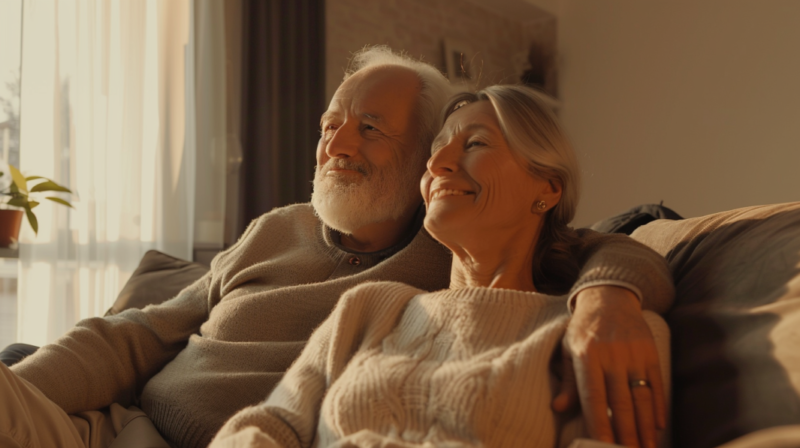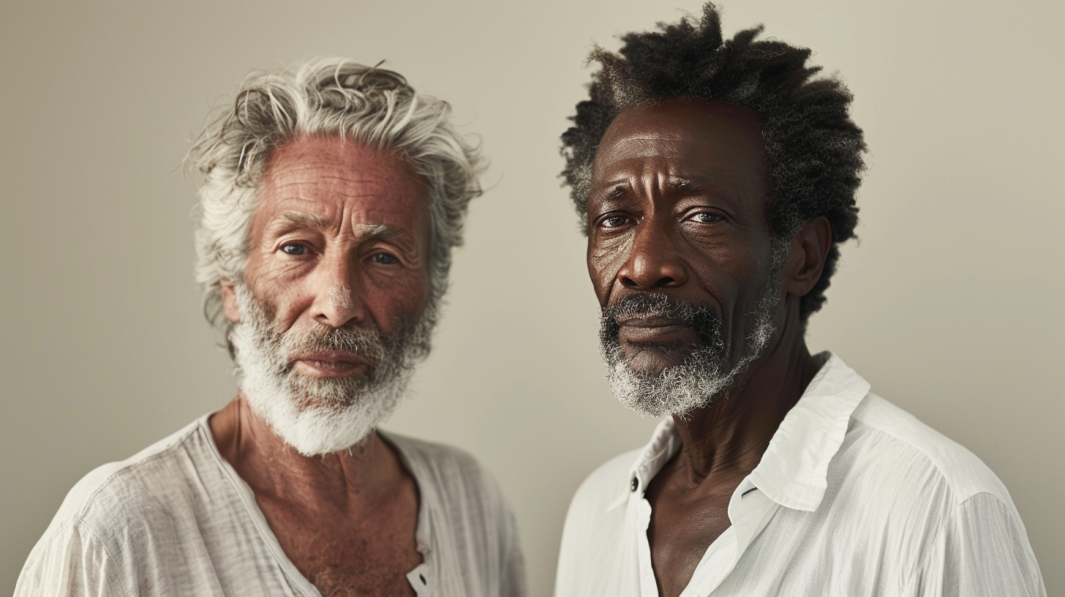Figuring out when someone is considered elderly isn’t set in stone and can change depending on culture, medical standards, and personal views.
In the U.S., the Social Security Administration usually labels anyone 65 or older as elderly. This age marker pops up a lot, from social services to healthcare guidelines.
But here’s the thing—your outlook on aging can change as you get older.
Research suggests that many people think old age starts later than 65, sometimes even pushing it to 75. So, it’s pretty fascinating how our stage in life can tweak our perceptions of aging.
Want to see how these age benchmarks play out in real life? Whether you’re thinking about healthcare rules, social norms, or personal milestones, stick around.
Table of Contents
ToggleCultural and Social Definitions of Elderliness

Elderliness varies widely across cultures and social contexts. These definitions impact how societies treat and view older adults.
In Africa, traditional views consider a person elderly between 50 to 65 years old. This age range reflects the average life expectancy in many African countries.
In Europe, old age is generally regarded to begin at 65. This is influenced by retirement policies and social security systems that typically provide benefits starting at this age.
In the United States, researchers indicate that old age is associated with individuals reaching 70 to 71 years for men and 72 to 73 years for women. Social perceptions and health advances play a role in setting these benchmarks.
| Region | Age Range Considered Elderly |
|---|---|
| Africa | 50 to 65 years |
| Europe | 65 years |
| United States | 70 to 73 years for men, 72 to 73 years for women |
Factors Influencing Definitions
- Life Expectancy: Regions with lower average life expectancy tend to consider younger ages as elderly.
- Social Systems: Pension and retirement age policies greatly impact the societal definition of elderliness.
- Cultural Norms: Traditions and cultural expectations also shape when an individual is viewed as elderly.
These cultural and social definitions affect everything from healthcare policies to family dynamics. Understanding these variations helps in appreciating the diverse experiences and needs of the elderly in different societies.
Legal and Institutional Definitions of Senior Age

Legal and institutional definitions of what constitutes being “elderly” can vary significantly. In the U.S., various federal programs determine senior status for eligibility purposes, adding layers of complexity.
Social Security Administration
- Full retirement benefits are typically available at age 66 or 67, depending on the individual’s birth year.
- Eligibility for early retirement starts at age 62, but benefits are reduced.
Medicare
- People aged 65 and over are eligible.
- This federal program provides healthcare coverage, playing a significant role in defining senior status.
State Definitions
- Some states have their own criteria.
- For instance, certain states offer senior benefits as early as age 60.
Categorization
| Term | Age Range |
|---|---|
| Early Elderly | 65 – 74 years old |
| Late Elderly | 75 years and older |
Census and Surveys
- The U.S. Census Bureau collects data based on 65+ to represent the elderly population.
- More than 55 million people in the U.S. are aged 65 and above.
Biological Perspectives on Aging

Biological aging refers to the progressive changes occurring at the cellular and molecular levels that drive the decline in physical function over time.
Key Aspects of Biological Aging
- Metabolism Changes: Your metabolism slows down, reducing the ability for cellular regeneration and repair. This leads to increased vulnerability to diseases.
- Cellular Function: Cells experience physicochemical changes impairing self-regulation and structural integrity, impacting tissues and organs according to NCBI (source).
The use of biomarkers or predictors of biological age provides insights into your health. These metrics can forecast lifespan, mortality risk, and age-related health issues according to source.
Health and Aging Metrics
- Biological Age
- Chronic Diseases
- Healthspan vs. Lifespan
Important Considerations
- Individual Variation: Aging is highly individualized; not everyone ages at the same rate or in the same manner.
- Preventive Measures: Lifestyle choices, like diet and exercise, can influence biological aging, potentially delaying the onset of age-related diseases. Maintaining a healthy lifestyle can also reduce the risk of chronic conditions such as Chronic Obstructive Pulmonary Disease (COPD) and pneumonia.
Psychological Aspects of Aging

As you age, psychological aspects take on a significant role in your overall well-being. The process affects multiple dimensions of your life, from mental health to cognitive functions.
- Mental Health: Many older adults experience changes in mental health. Depression and anxiety can become more prevalent. It’s essential to recognize these signs early and seek appropriate support.
- Cognitive Changes: Aging may impact your cognitive abilities. Some people may notice a decline in memory or problem-solving skills. Efforts to stay mentally active through puzzles, reading, or new hobbies can help maintain cognitive health.
- Social Connections: Loneliness can become an issue as you age. More than a third of adults aged 45 and older feel lonely at times. Maintaining social connections and engaging in community activities is crucial to combat loneliness.
- Subjective Age: Feeling younger than your chronological age is associated with better mental and physical health. This positivity can lead to greater life satisfaction and overall well-being.
- Attitudes and Beliefs: Your attitudes toward aging significantly impact your experience of it. Positive beliefs can enhance your quality of life, whereas negative views can contribute to a decline in both mental and physical health.
- Life Satisfaction: Older adults often report high levels of life satisfaction. This can be attributed to wisdom, better emotional regulation, and a focus on meaningful activities. Embracing these aspects can enhance your overall quality of life in your later years.
The Impact of Lifestyle on Perceived Age

Your lifestyle choices significantly affect how old you feel and are perceived. Health habits can either accelerate or decelerate the aging process.
- Diet: Consuming a balanced diet rich in fruits, vegetables, proteins, and healthy fats is crucial. Diets high in processed foods and sugars can negatively impact your perceived age, making you look and feel older.
- Exercise: Regular physical activity improves cardiovascular health, muscle tone, and mental well-being. Even moderate exercise, like walking or yoga, can make a substantial difference in how young you feel.
- Social Interaction: Engaging in social activities enhances life satisfaction and mental health. Studies show that higher social interaction correlates with a lower perceived age, especially among older adults.
- Sleep: Adequate sleep is essential for cell repair and stress reduction. Chronic sleep deprivation can lead to prematurely aged skin and mental fatigue, affecting your perceived age negatively.
- Mental Health: Effective stress management through mindfulness, meditation, or therapy benefits your overall well-being. High stress levels contribute to a higher perceived age through mental and physical wear.
- Hydration: Drinking enough water keeps your skin supple and your body functioning optimally. Dehydration can lead to dull skin and fatigue, making you appear older.
- Sun Protection: Consistent use of sunscreen prevents skin damage and wrinkles caused by UV exposure. This simple step helps maintain a youthful appearance.
Related Posts:
- What Age Is Considered a Senior Citizen in the U.S.?…
- When Should You Be Concerned About Oxygen Levels in…
- 7 Simple Ways to Improve Focus and Memory After Age 65
- 8 Common Circulatory Health Concerns After Age 65
- 10 Natural Ways to Improve Joint Flexibility After Age 65
- 11 Common Causes of Low Oxygen Levels in Elderly Adults









